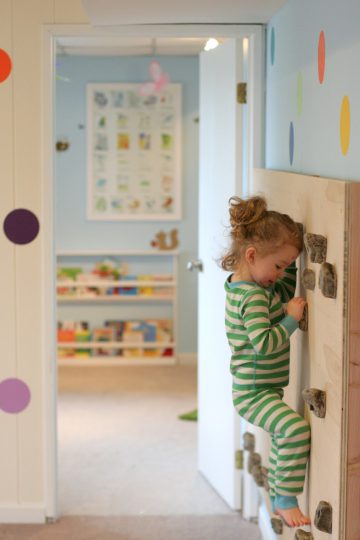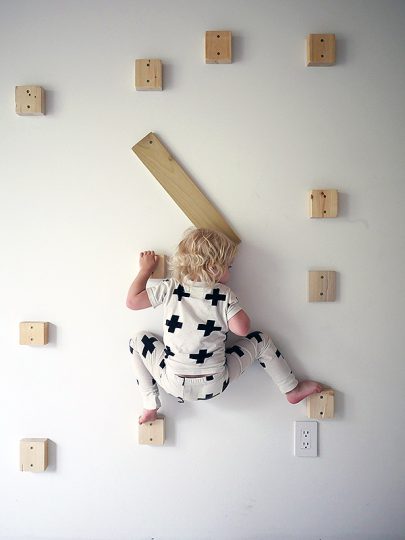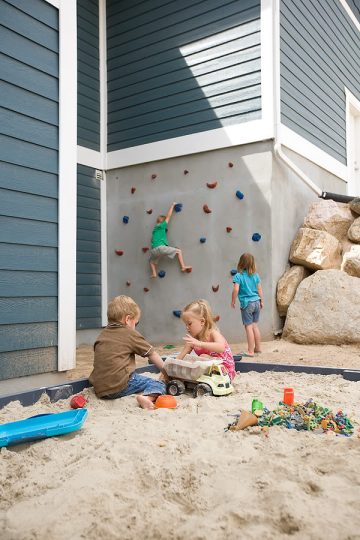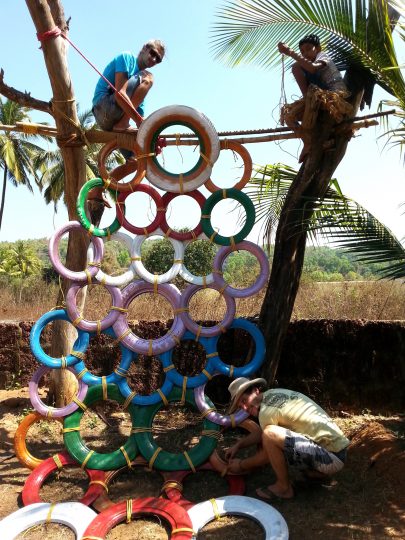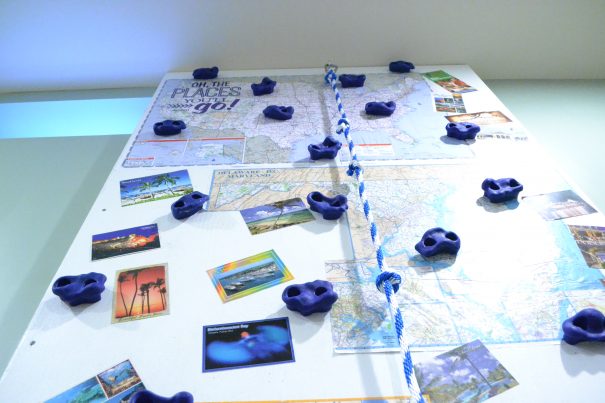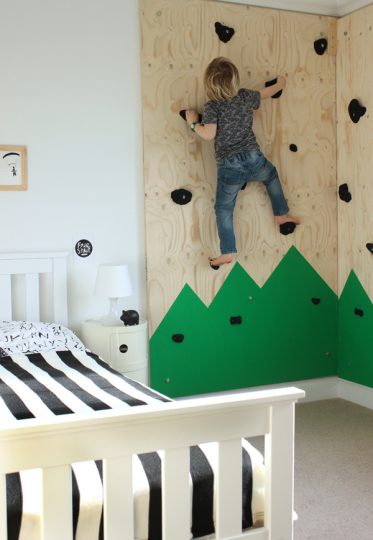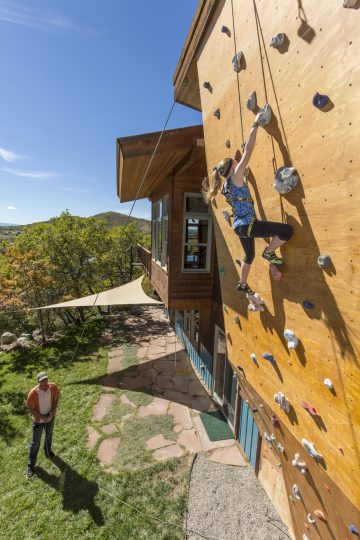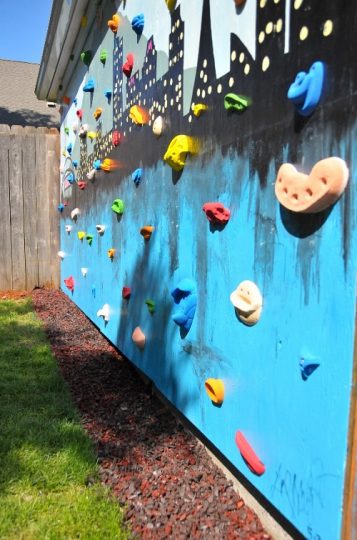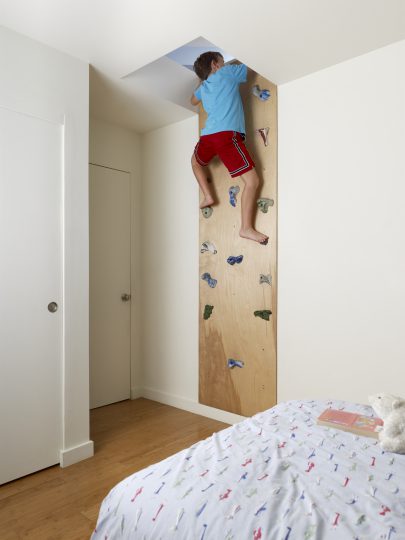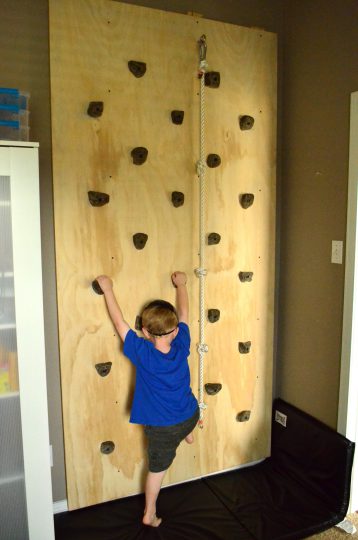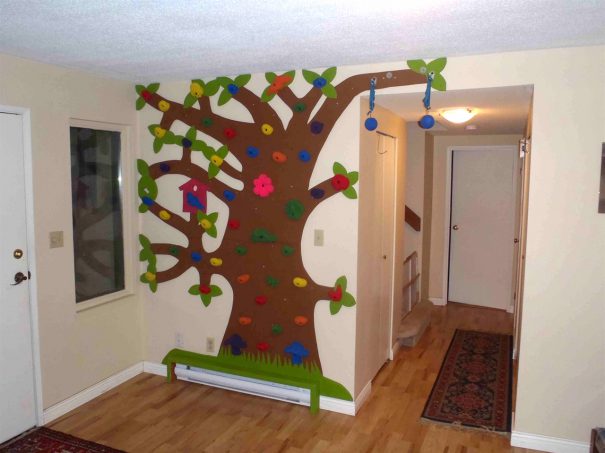Photo: Family Swimming via Amslee Institute
As summer approaches, we all look forward to spending time at the pool, river, or beach. Fun in the sun and water sports are a great was for families to spend time together but it’s important to be water safe. It’s easy to focus on snacks, sunscreen and water toys, but drowning is the second most frequent cause of death for children up to age 14. It’s important to role model water safety behaviors as well as teach older children how to protect themselves and keep help watch younger children.
1. Dedicated Watcher.
When children are in or near the water, have a dedicated adult keep watch. It only takes a few minutes to silently drown so having someone watch at all times it vital. While others unpack the car, set up the chairs, grab snacks, or get the kayaks ready, make sure all children are either out of the water or directly supervised.
Direct supervision requires an effort to remove distractions. Cell phones should be put away, ear buds should be taken out or the speaker volume for music should be set to low. Conversations with others should allow for your focus to be on the children with your chair or standing position such that you can see the children at all times. It’s easy to get distracted with a quick call or searching for a snack in a beach or pool bag but these can be the precious seconds or minutes when your attention is needed to save a child who needs helps in the water. Remember that parents and caregivers are responsible for the safety of children in your care, even if there are lifeguards.
2. Wear Life Jackets.
It is important to Invest in proper-fitting, Coast Guard-approved personal flotation devices or PFD’s which are also called life vests or life jackets. The most popular PFD is a puddle jumper. No matter which style you choose, check the PFD for the proper weight range, comfortable fit, and especially a stable face-up position in water.
You should test your PFD in a swimming pool with the infant or child. To check for a good fit, pick the child up by the shoulders of the PFD. If the PFD fits right, the child’s chin and ears will not slip through. Parents and care givers should remember that inflatable toys and rafts should not be used in place of life jackets. If children are not wearing a life jacket, watchers should be in the water with the children, no more than arm’s length away.
3. Listen to Lifeguards.
Whether at the beach, visiting a lake, or heading to our community pool, always swim in designated areas with lifeguards. Lifeguards are often employed on a 1:100 ratio based on the expectation that parents or care givers will provide direct supervision of their children. Children under 10 years old must be accompanied and constantly supervised by a parent or care giver over 16 years of age. It’s important for adults role model appropriate behavior by following all lifeguard instructions and ensuring their children are respectful of the rules.
4. Respect the Environment and Aquatic Life.
When planning a day of fun on the water, it’s important to check the weather conditions. Adverse weather includes a high heat index or thunderstorms as they may impact water activities. As a storm or thunderstorm approaches, pools and other activities should be stopped, and the water evacuated when there is a threat of a lightning strike
Whether at the river or beach, it’s important to assess the conditions and be respectful of all aquatic life. Different beaches and states have different colored flags and assigned meanings, so be sure to ask the lifeguard if you’re not sure what the flags signify. In general, red flags indicated the beach may be closed or there is a high hazard caused by surf or strong currents. Yellow flags indicate a moderate hazard and that waters may be rough, and care should be taken if you are not a strong swimmer. Green means low hazard with calm conditions but be aware that currents will naturally push you down the shore. A purple flag indicates there is potentially dangerous marine life such as jellyfish which have been spotted in the area.
Many enjoy visiting the beach but please leave all animals alone including sea stars, sand dollars, and animals in seashells. Teach children to look at the wildlife without interfering or touching. When handled by humans, even when handled gently, these delicate animals are often so severely injured, the interaction leads to their death.
5. Limit Alcohol.
Adults often enjoy the summertime and water sports with alcoholic beverages including beer, wine, and liquors. For everyone’s safety, avoid drinking alcohol before or during swimming, boating, water skiing, and other water sports. Do not drink alcohol while supervising children as alcohol reduces balance, coordination, and judgment, and its effects are heightened by sun exposure and heat.
6. Know and Teach Swimming Skills.
Teaching children to swim can be a fun activity for both the adults and the children. Children ages 2 to 4 years old are coordinated enough to being learning to swim. Kids under 4 years old and who do not know how to swim should wear life jacket, even in the pool. Kids over 4 years old should take swimming lessons. As children learn water skills, remember that they are not yet strong or independent swimmers and still require full supervision. Don’t assume that a child who knows how to swim isn’t at risk for drowning. All kids need to be supervised in the water, no matter what their swimming skills.
Water play is an important part of summer fun and these tips will help you safety enjoy the local pool or beach!
As a single mom, I needed help caring for my son. I searched for credentials that identified professional nannies, but struggled to find a licensed nanny training program. With 30 college faculty, I launched Amslee Institute and happily share our expertise and adventures working with children and childcare providers.








